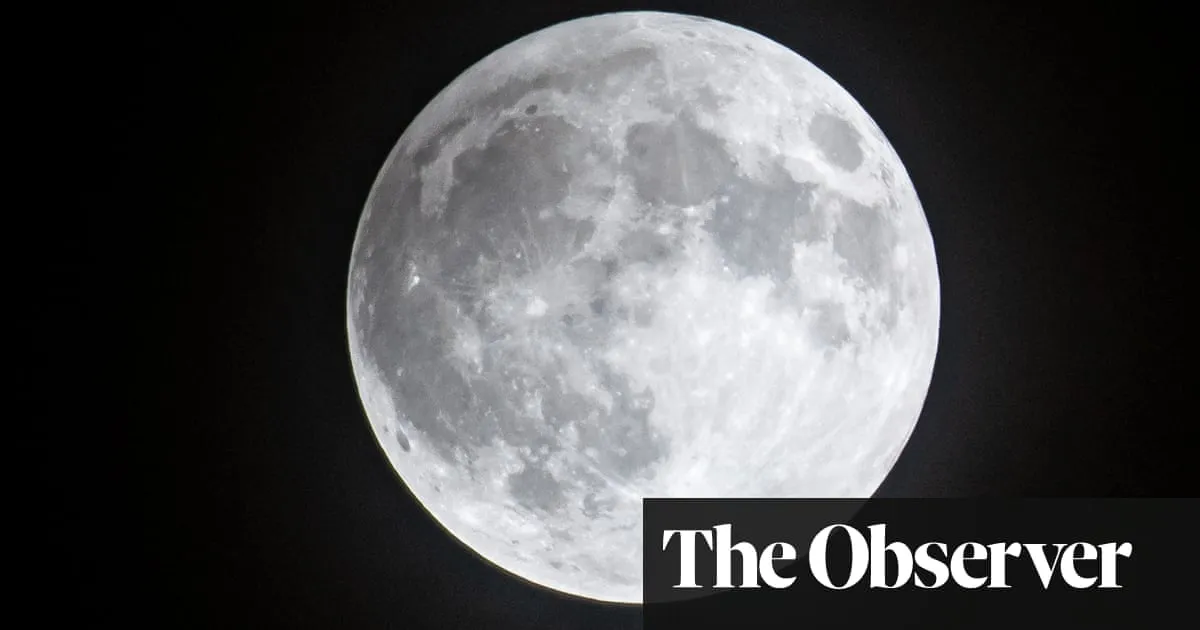
This week, space engineers are gearing up for an unusual and exciting mission as they prepare to launch a probe designed by UK and US researchers. This mission, set to begin on Thursday, aims to map water on the moon's surface. The probe, named Lunar Trailblazer, will embark on its two-year journey aboard a SpaceX Falcon rocket launched from Florida.
The primary goal of the Lunar Trailblazer mission is to seek out water on the lunar surface. Traditionally, the moon has been considered an arid and desiccated world. However, recent scientific discoveries suggest the presence of significant quantities of water. The task of the Lunar Trailblazer will be to determine the exact amount of water near the lunar surface and identify its main locations.
The progress of the probe will be closely monitored by space engineers and astronomers, as the presence of lunar water could be crucial for establishing staffed colonies on the moon. By utilizing power from solar plants, water could be split into hydrogen and oxygen. Hydrogen would serve as fuel, while oxygen would support astronaut respiration.
"This is primarily a scientific mission," said Prof. Neil Bowles, leader of the Oxford University team of physicists who developed one of the key instruments for the Lunar Trailblazer. "However, it should also inform us about how water is transported across the lunar surface, which has implications for future lunar exploration by humans."
Previously, it was assumed that water molecules delivered to the moon by meteorites and comets would quickly decompose under sunlight. However, recent robotic probes have provided compelling evidence that water, mainly in the form of ice, exists in significant amounts in deep, permanently shadowed craters, particularly near the lunar south pole.
India's Chandrayaan-1 probe further advanced these discoveries in 2009 by revealing traces of water on the moon's surface far from the poles. "It was a big surprise that changed our perceptions of what we might find on the moon," noted Bowles.
The instrument on Chandrayaan-1 lacked the spectral range to fully map lunar water. To address this, Lunar Trailblazer carries two advanced instruments. The first is an infrared scanner for pinpointing water and other geological features. The second, developed by Bowles and his team, is a thermal mapper, functioning as a highly advanced heat camera.
Together, these instruments aim to create a comprehensive water map of the lunar surface. "We know there is water at the moon's poles, but we are not sure how it ended up there," said Bowles. "We hypothesize a lunar water cycle, though it differs from Earth's cycle, as it involves no clouds or rain."
Bowles elaborates on two main scenarios for lunar water formation. "Water could be delivered by comets or meteorites impacting the lunar surface, releasing water that condenses in cold traps at the poles. Alternatively, very thin layers of water might form through reactions in the lunar soil."
The mission aims to understand how this water moves and accumulates into ice deposits. Understanding lunar water dynamics is crucial not only for lunar exploration but also for appreciating similar phenomena on other celestial bodies like Mercury.
Lunar Trailblazer will share its launch with other spacecraft. The rocket's main mission, IM-2, a lunar lander by Intuitive Machines, will drill beneath the moon's surface in search of water. Additionally, a probe named Odin, built by AstroForge, will travel to asteroid 2022 OB5 to capture images for a future mineral extraction mission.
These missions are part of NASA's commercial lunar payload services program, designed to encourage companies to send small robotic landers and rovers to the moon and other near-Earth destinations. The overarching goal is to prepare for the eventual colonization of the moon.